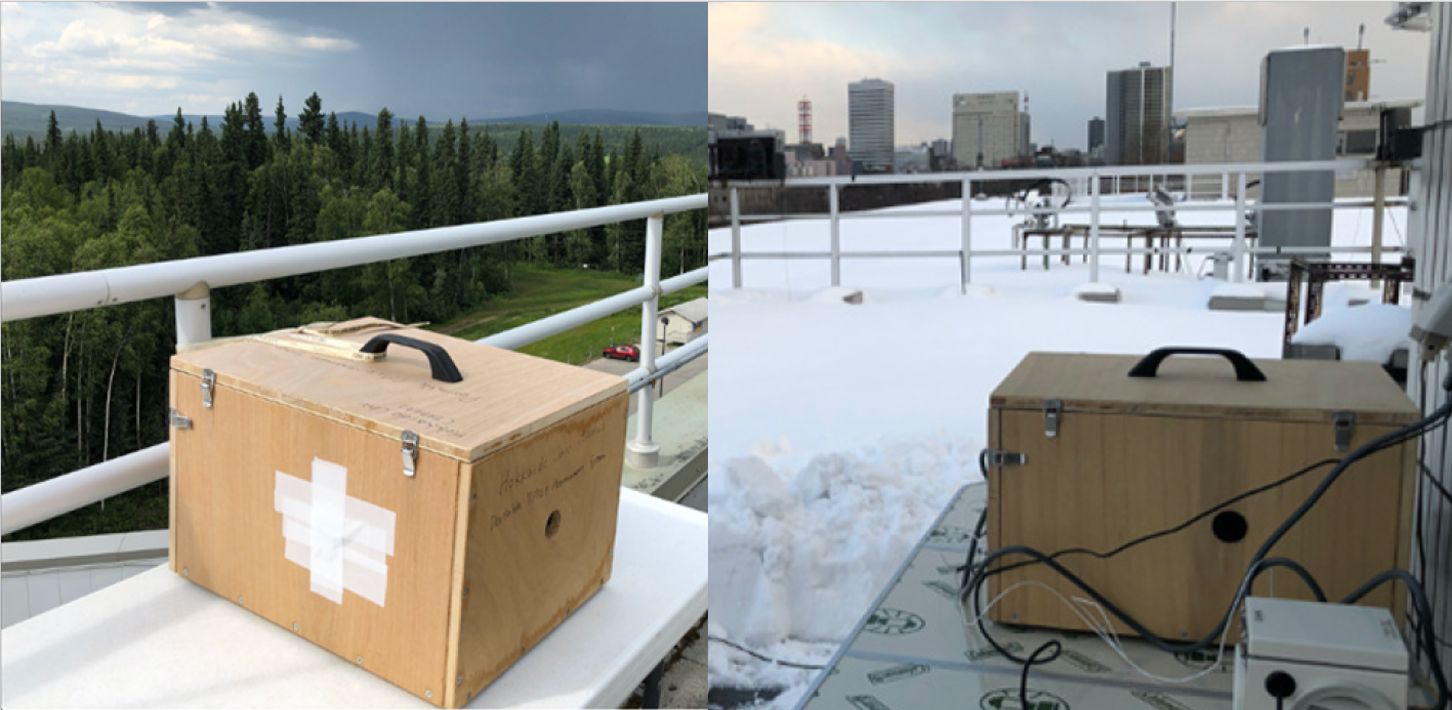Developing an insulation box with automatic temperature control for PM2.5 measurements in cold regions
2022-03-15
Low-cost PM2.5 sensors are now used worldwide to assess air pollution. However, their operation is generally difficult in very cold regions such as Siberia, Alaska, the Arctic, and Antarctica. We have developed an insulation box with automatic internal temperature control for a low-cost PM2.5 sensor to maintain a warm operational environment when the external ambient air temperature falls below 5 °C. We confirmed the performance of the temperature controller with four bulb heaters in a −25 °C cold temperature room. In addition, we found that the insulation box must be attached to an electric fan to forcibly ventilate the box and accurately reflect the ambient external air conditions inside the insulating box. Our observations were validated against the Sapporo National Ambient Air Monitoring Station (NAAMS) data recorded in Sapporo, Japan, as the data from our low-cost PM2.5 sensor fitted with the insulation box showed good correspondence with the hourly station-measured data. Then, we installed the same PM2.5 sensor fitted with the insulation box on the roof of the International Arctic Research Center (IARC), University of Alaska Fairbanks, Alaska, USA, in June 2019. The sensor sufficiently captured two instances of significant increases in PM2.5 concentrations during the Alaskan wildfires in the summer of 2019. Our developed insulation box for low-cost PM2.5 sensors, called “the portable PM2.5 measurement system for cold regions”, will aid in assessing air quality in many cold regions in future studies.
Reference:
Teppei J. Yasunari, Shigeto Wakabayashi, Yutaka Matsumi, Sumito Matoba,Developing an insulation box with automatic temperature control for PM2.5 measurements in cold regions, Journal of Environmental Management, 311, 114784 (2022)
https://doi.org/10.1016/j.jenvman.2022.114784



